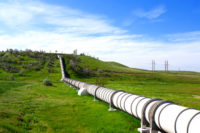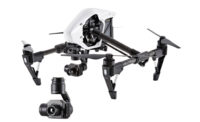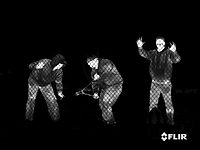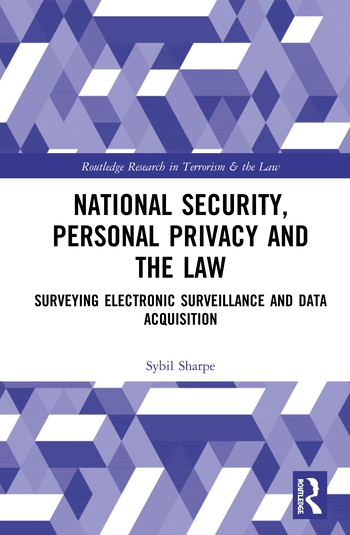The Economics of New Smart Thermal Cameras

Thermal video analytic cameras are rapidly becoming the new standard for securing outdoor assets. Now that smart thermal camera prices have fallen below the $5,000 MSRP price barrier, one of the most fundamental security functions – theft prevention – can now be addressed economically using sophisticated thermal camera solutions. Examples range from preventing copper theft at electric substations to securing equipment at maintenance yards; from protecting car lots to securing the millions of oil and gas well heads in use – and many other areas where theft prevention remains a key objective.
New Uses for Established Technology
Long deployed for perimeter protection around critical infrastructure, smart thermal cameras are now emerging as a practical solution for more mainstream security applications. Thermal cameras have always been a good choice for nighttime security applications because they are able to “see in the dark,” protecting areas where lighting was unavailable or too costly to deploy. When combined with video analytics, thermal cameras offer real-time, pre-emptive security with instant notification about security violations. Recent advancements in the sensitivity of thermal imagers, combined with sophisticated image processing, can make thermal cameras an accurate, 24-hour solution for a broad range of applications.
Thermal cameras now present clear thermal images regardless of rain, humidity, fog and bright sun, delivering detail approaching a black-and-white video instead of the blurrier images once associated with the technology. Cameras now use a high degree of on-board video processing to emphasize small temperature variations between objects and the background to exaggerate the fine details in contrast to other image features. The better images reveal critical security information, image processing provides more accurate detection, and when combined with lower prices, the result can be a key 24-hour security solution.
High Operational Efficiency without High Cost
Smart, cost-effective thermal cameras expand end-users' understanding about what is happening outdoors beyond security, from early detection scenarios to looking at behavior that increases a company's operational efficiency. For instance, a company could use a thermal camera to determine if there is a leak at a refinery, or if transformers are overheating at a power station, or to monitor storage tank levels. The possibilities for thermal cameras extend to highway safety, measuring parking area occupancy, the volume of traffic on a road, or automatically determining if a car is driving the wrong way on an on-ramp or road. New Return on Investment (ROI) scenarios and greater functionality now make smart thermal cameras a practical technology tool for such applications.
Smart thermal cameras may seem like a high-tech solution, but the economics of these systems are becoming very cost-competitive with alternatives. The economic advantages of newer outdoor thermal imaging become clear if you examine “per-foot” costs. Thermal analytic camera systems are now available at an MSRP as low as $10/foot, making the most accurate security technology comparable in price to traditional visible cameras with analytics, fence sensors or buried cable systems.
Expanding Mainstream Applications
With the innovation of lower-cost smart thermal cameras with substantially more on-board image processing, video systems are now available to accurately detect the presence of unauthorized persons and for a range of other applications, even in cost-sensitive markets for which the technology was previously considered too expensive.
These smart cameras are designed to filter the effects of environmental elements and provide accurate detection regardless of wind, weather or the movement of small animals, trees or blowing trash. When security and business operations receive accurate information they can mount an appropriate response to the nature of the alert.
Looking for a reprint of this article?
From high-res PDFs to custom plaques, order your copy today!








